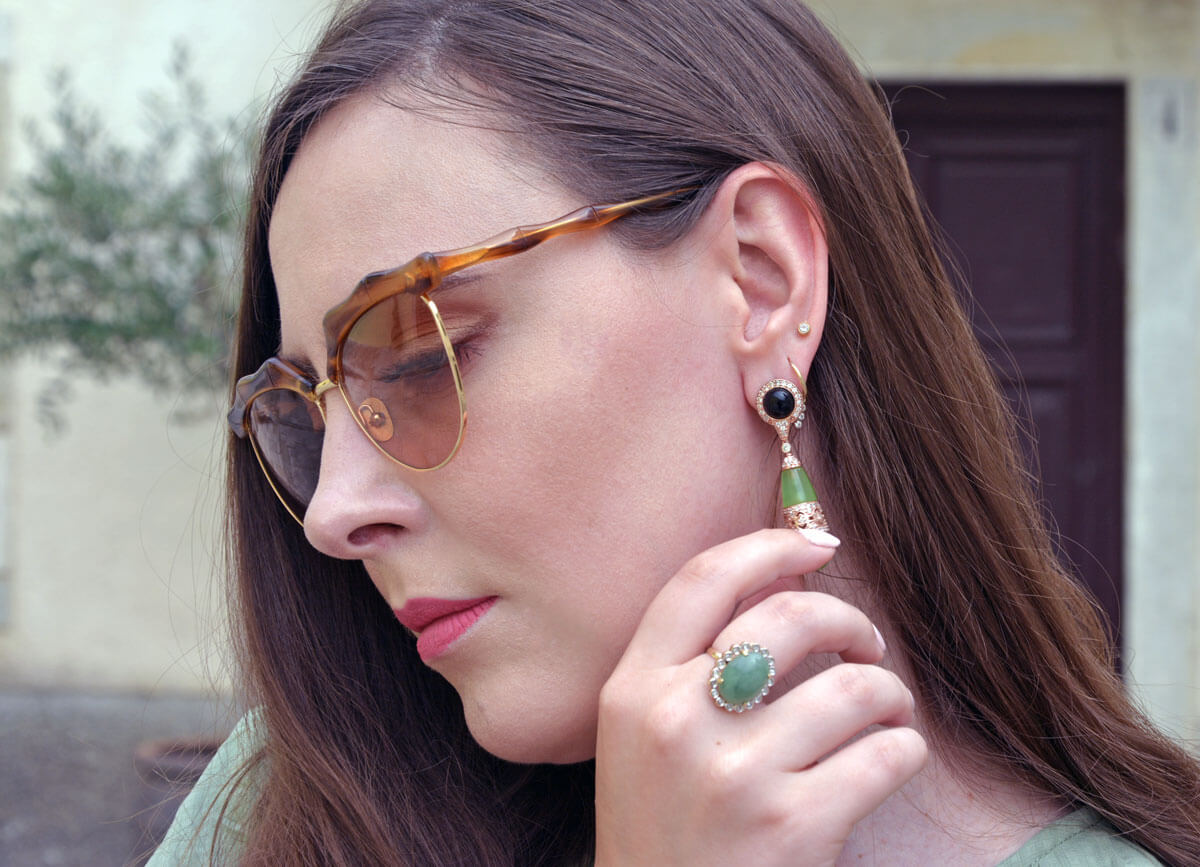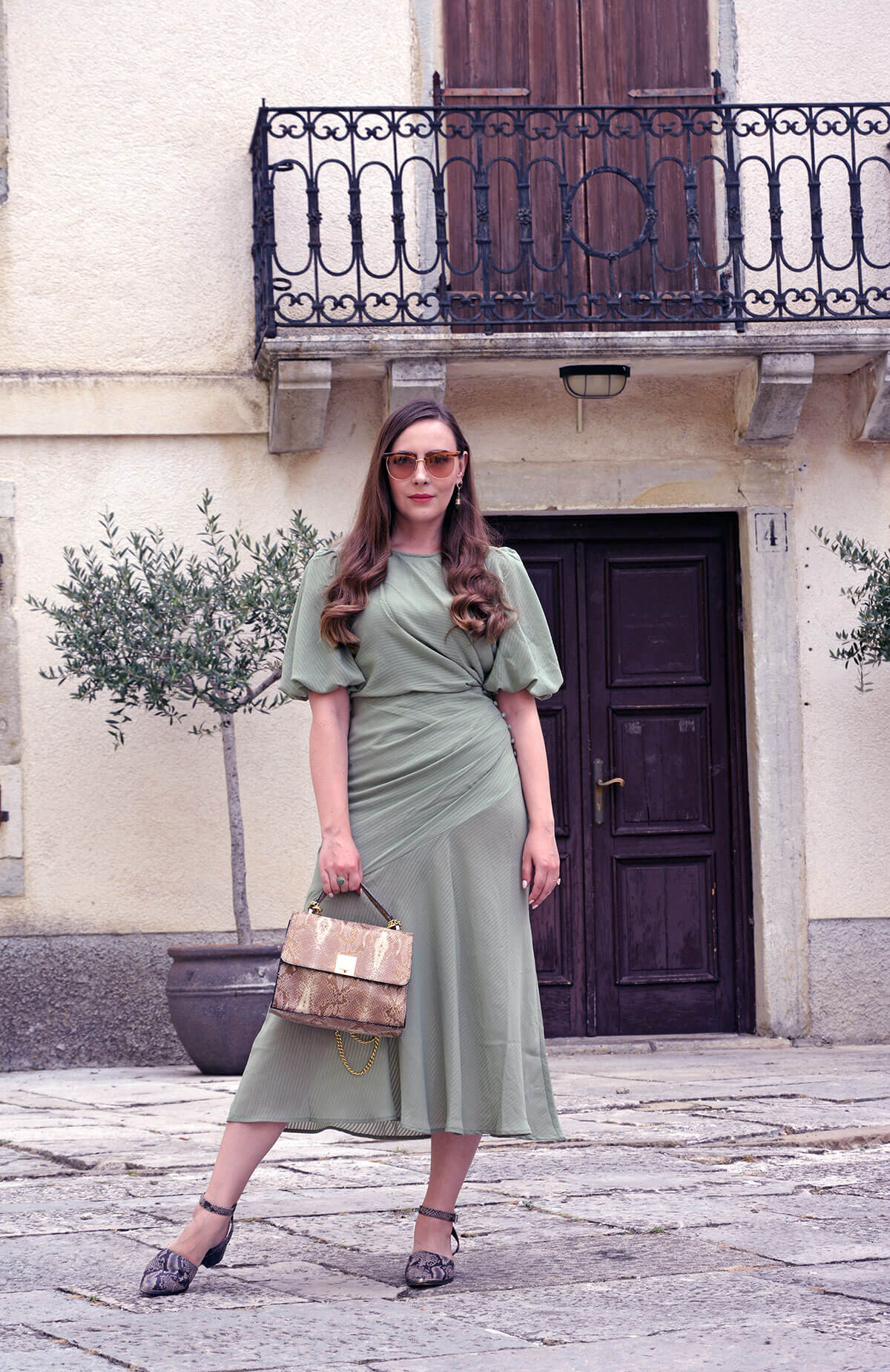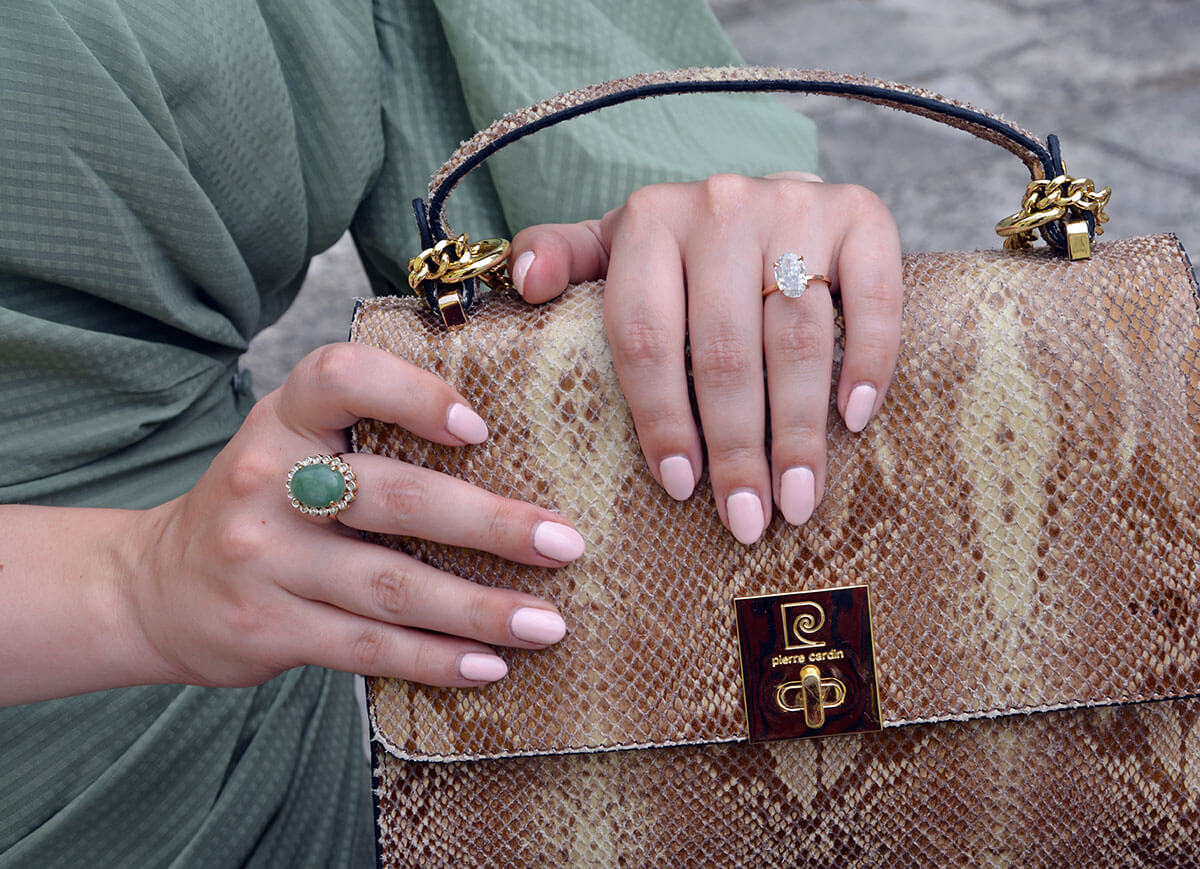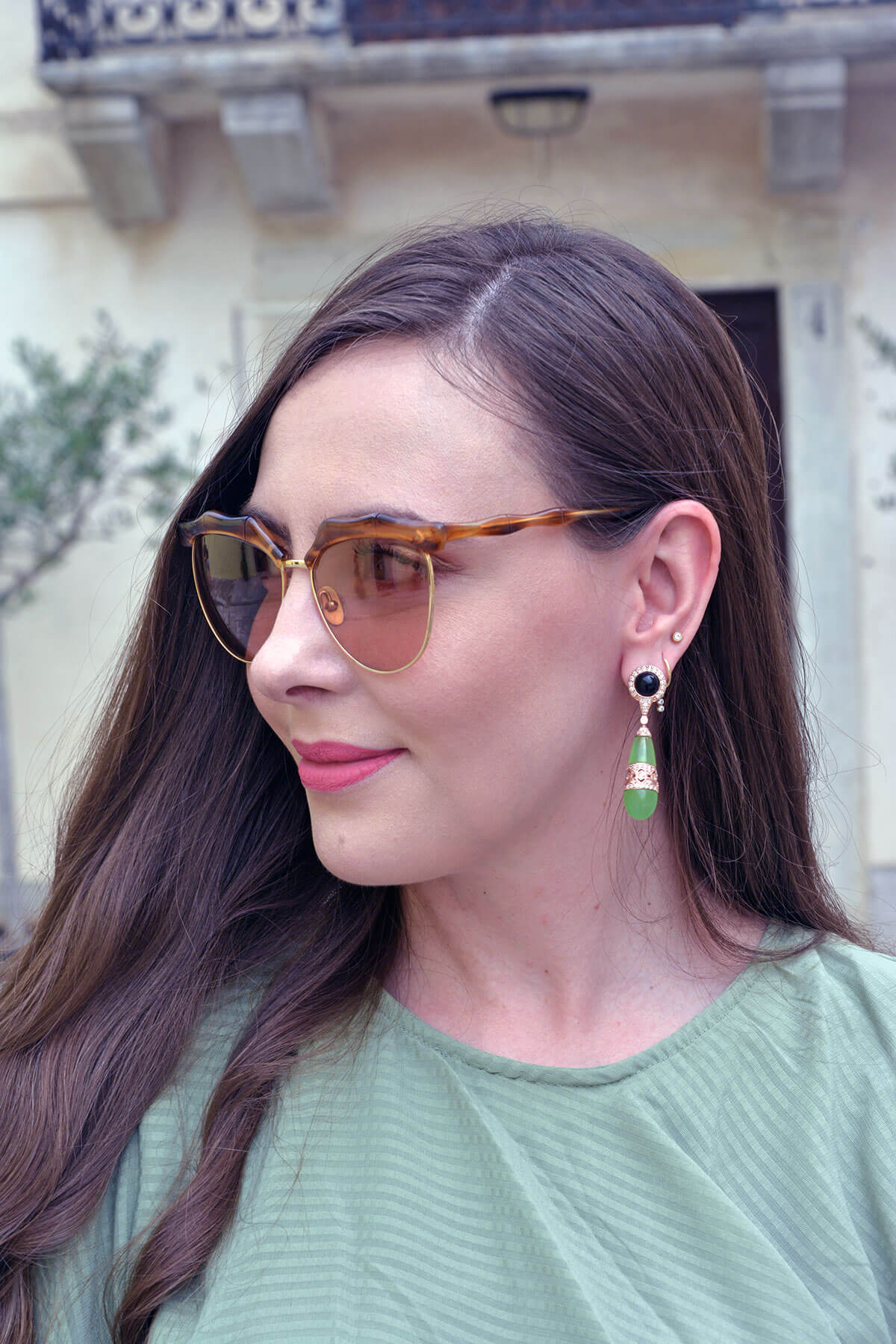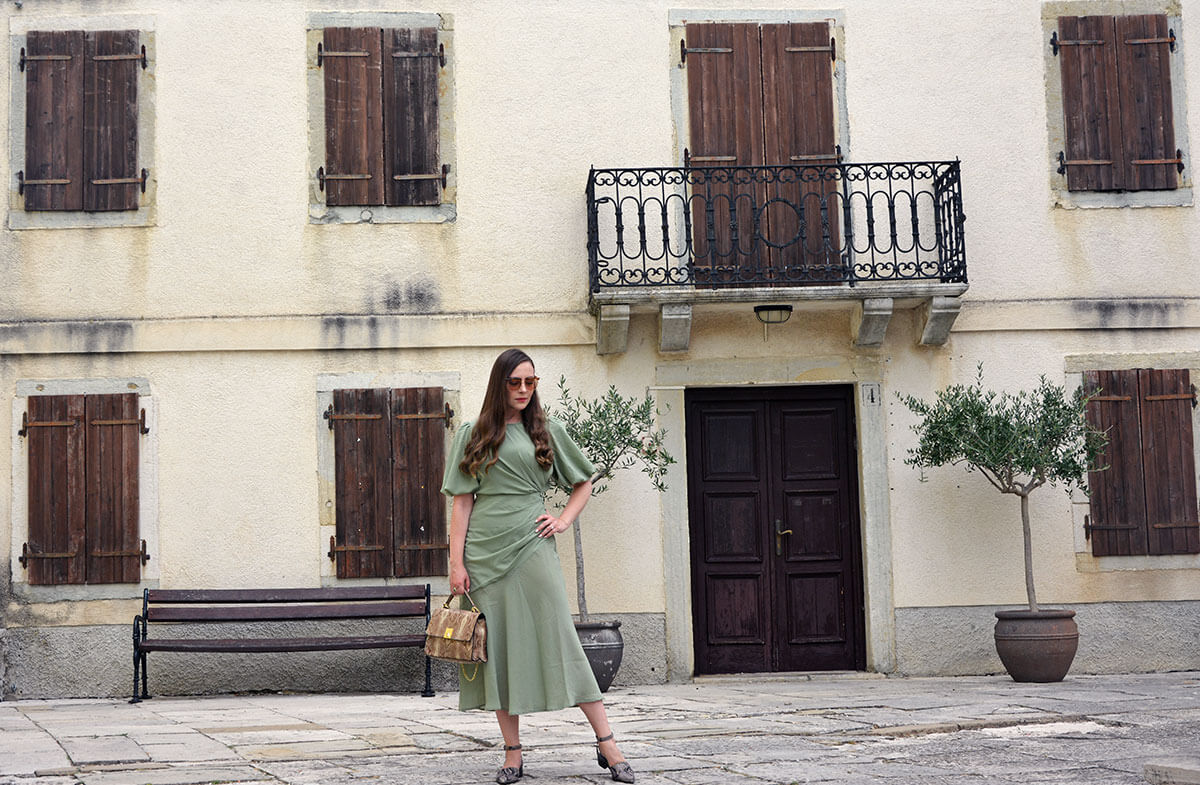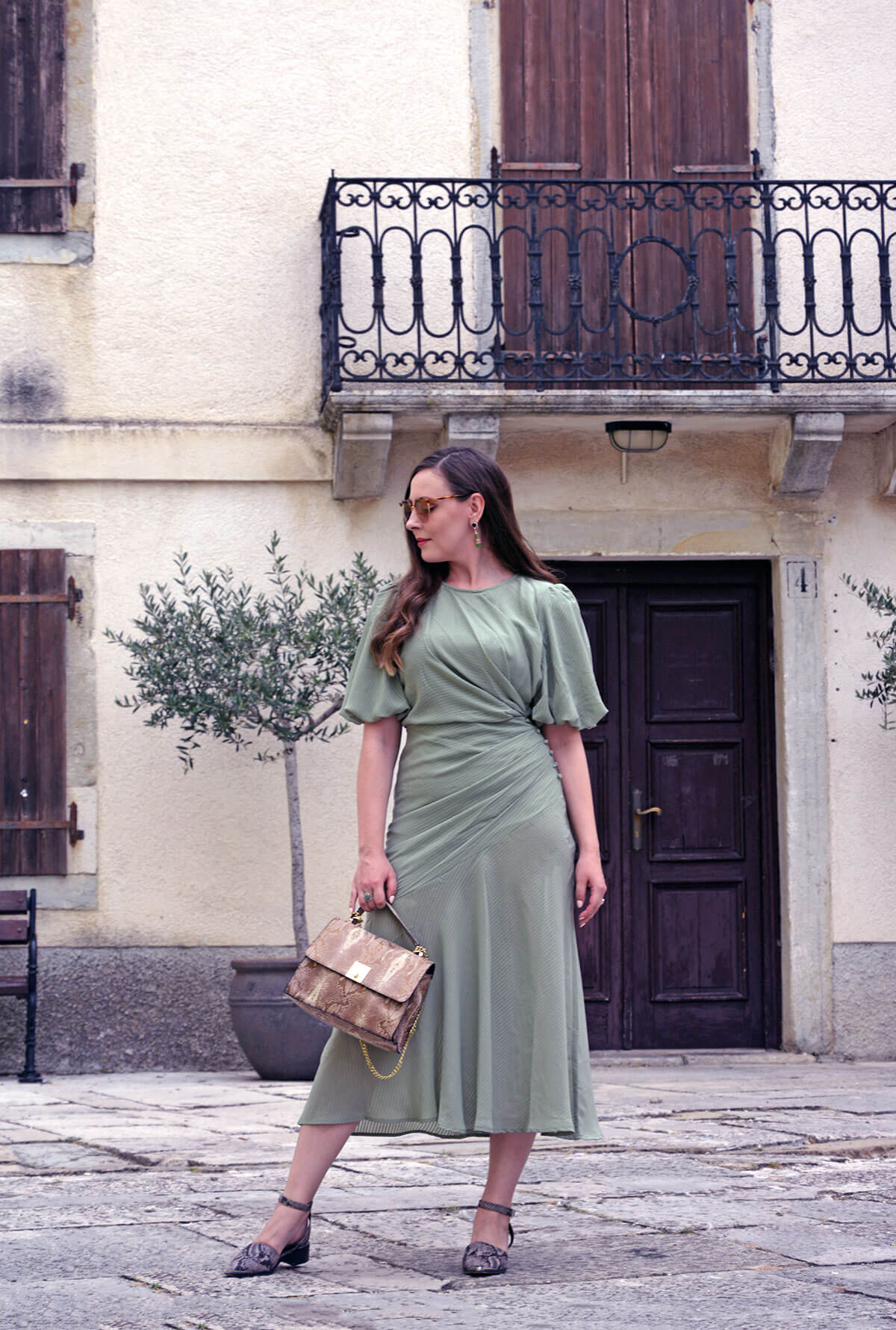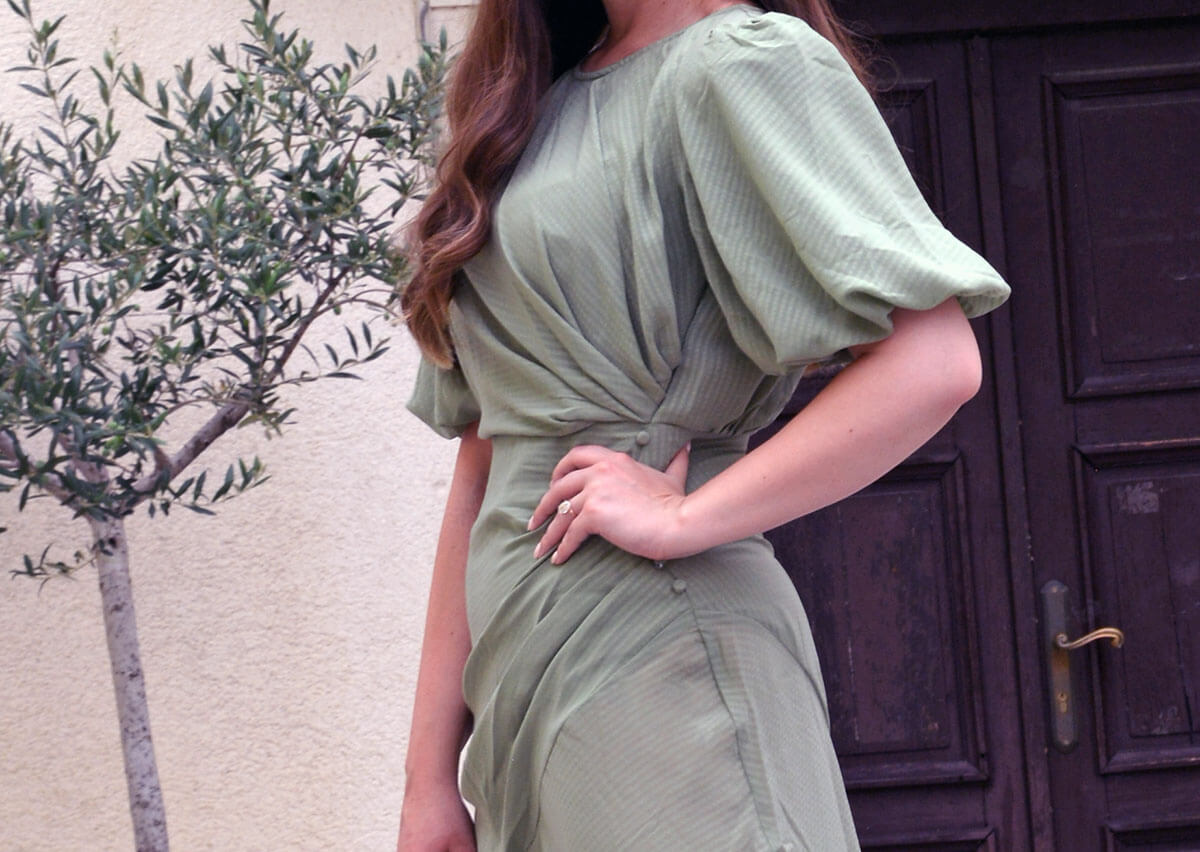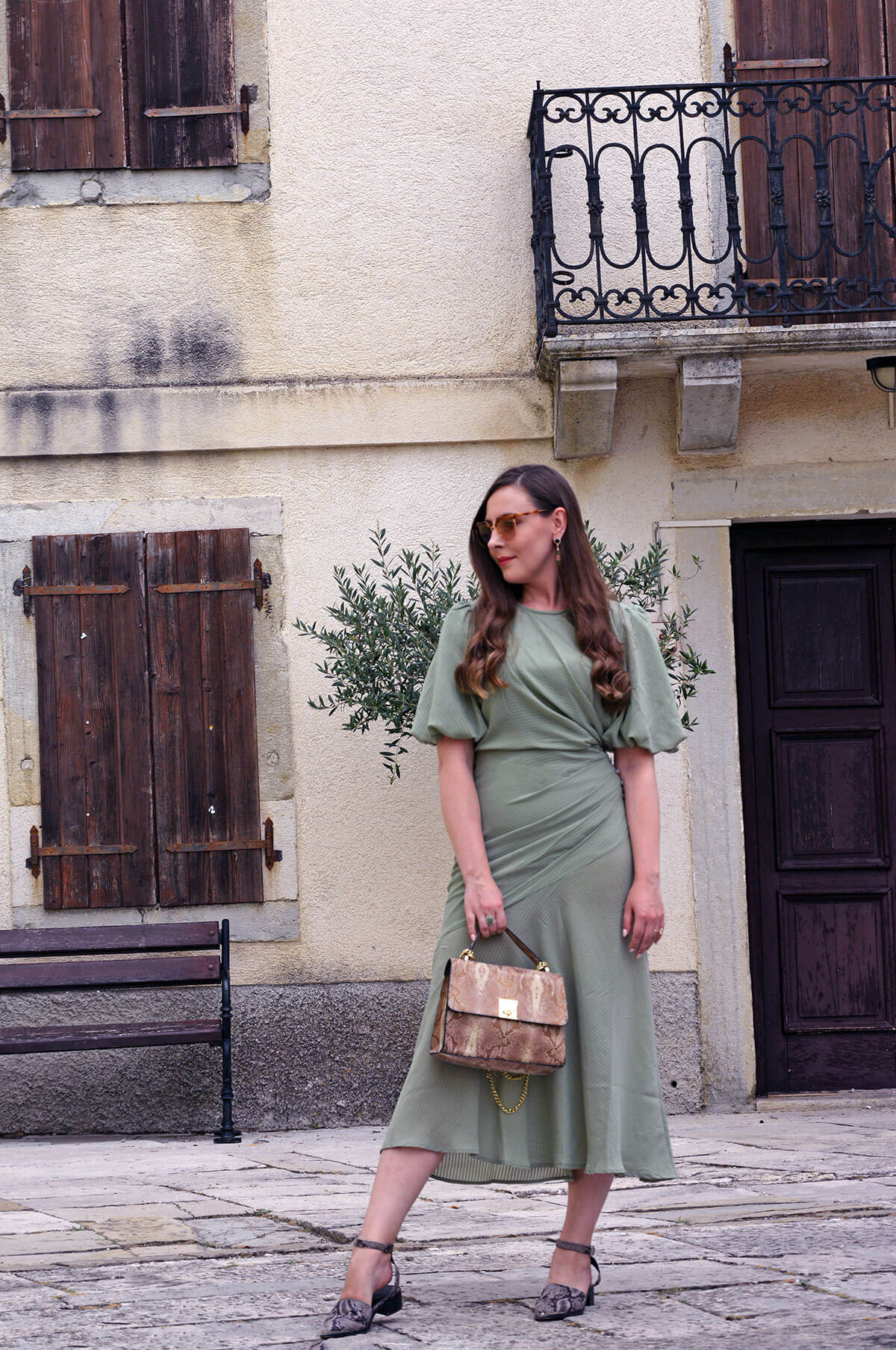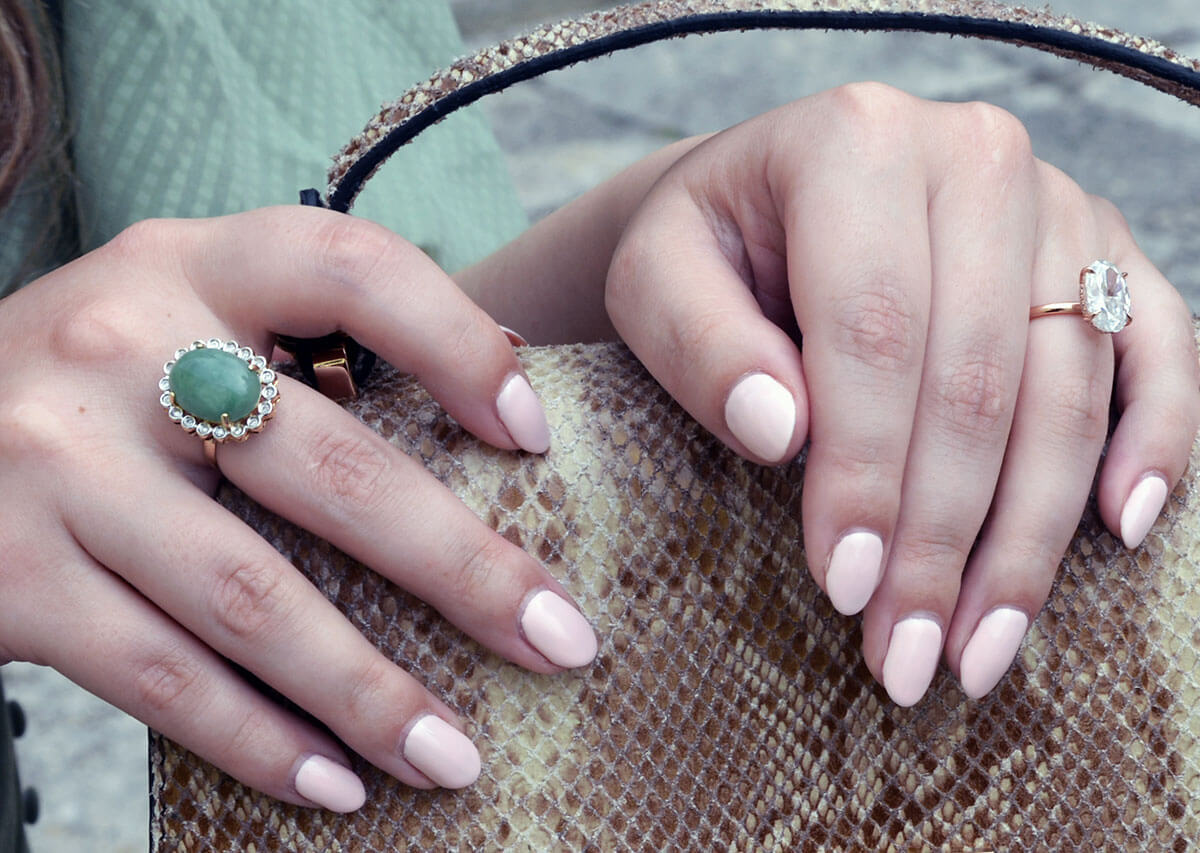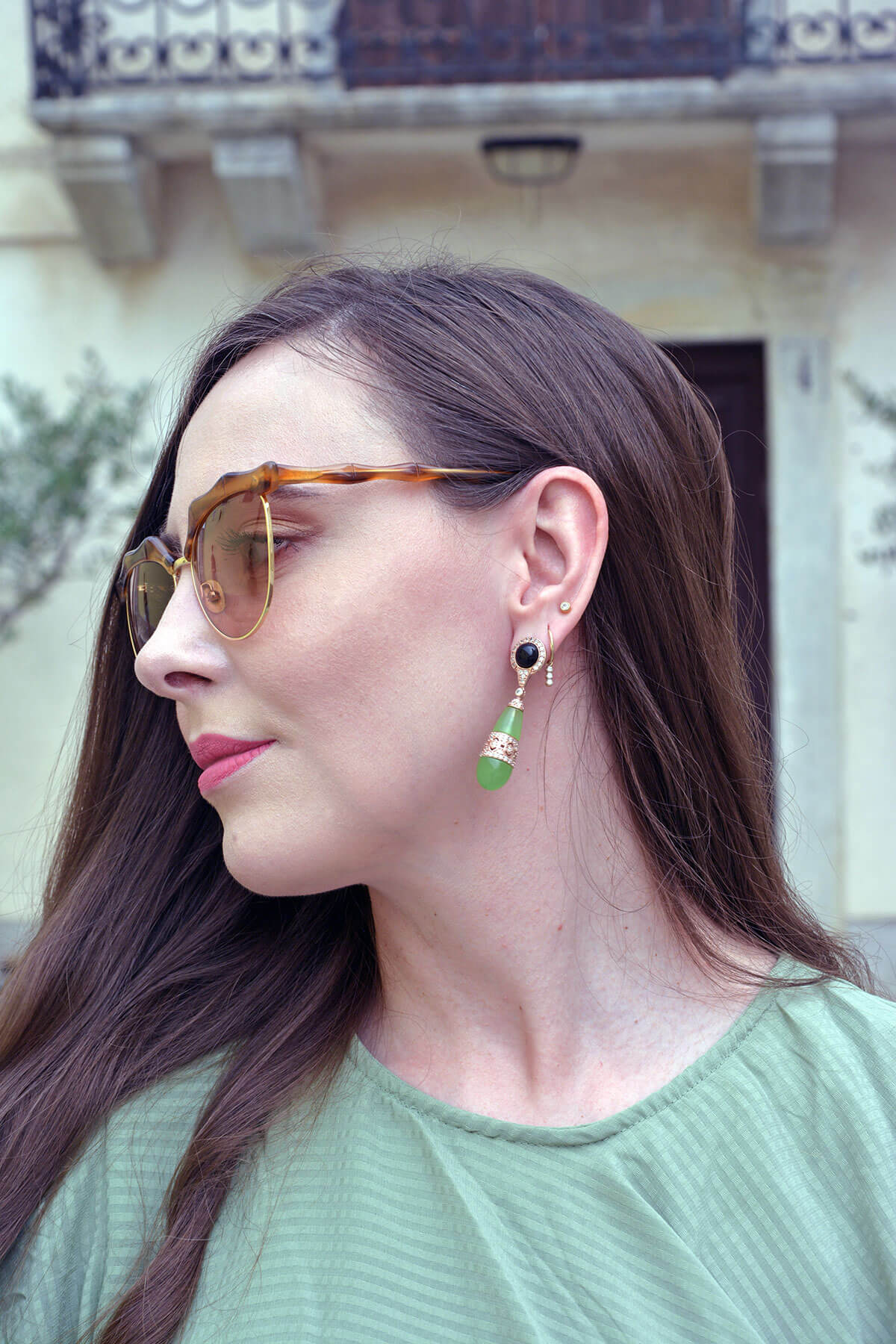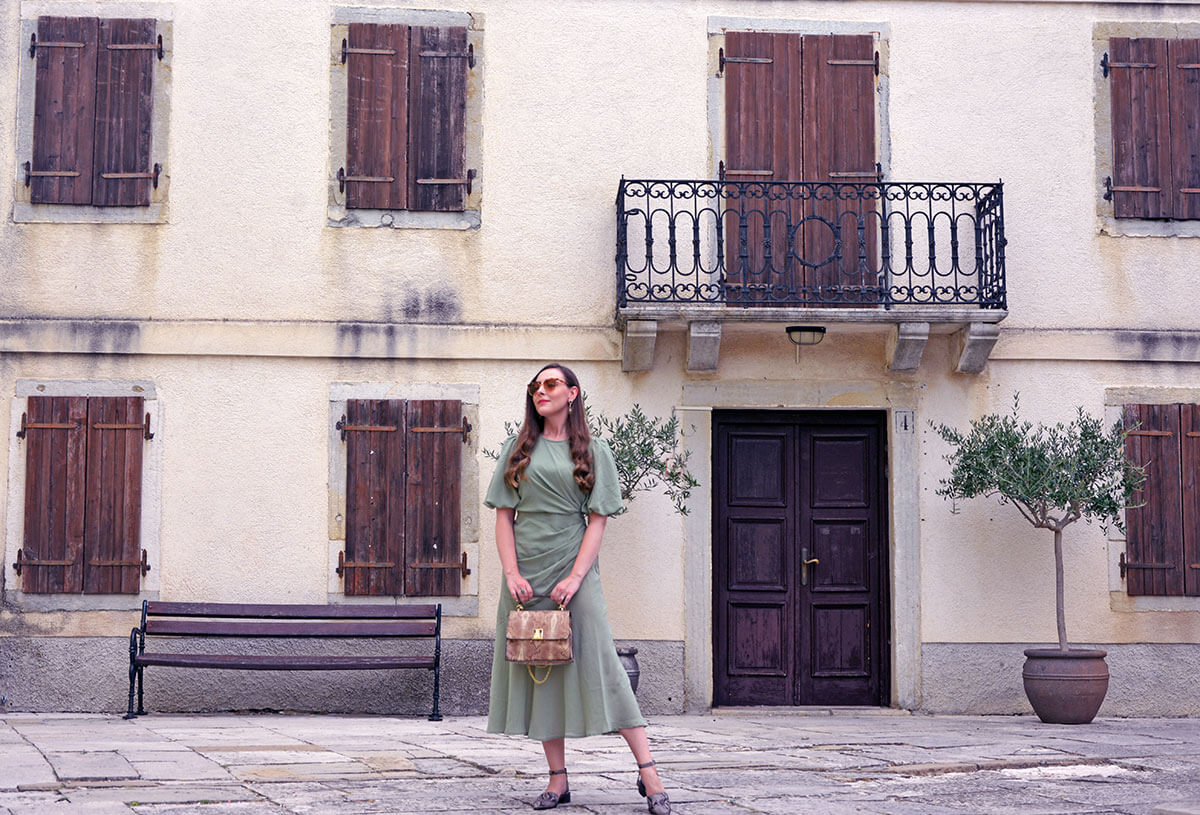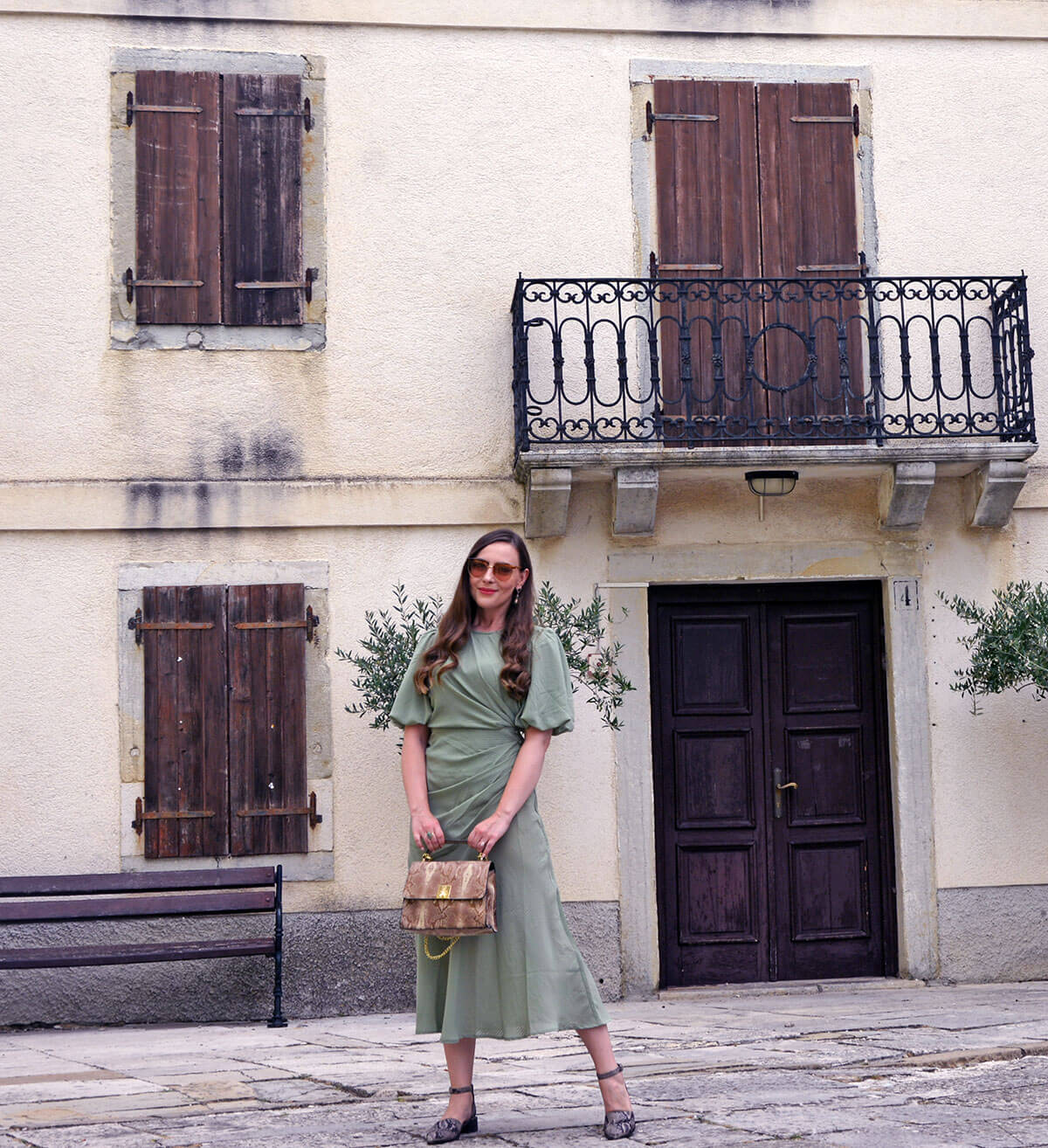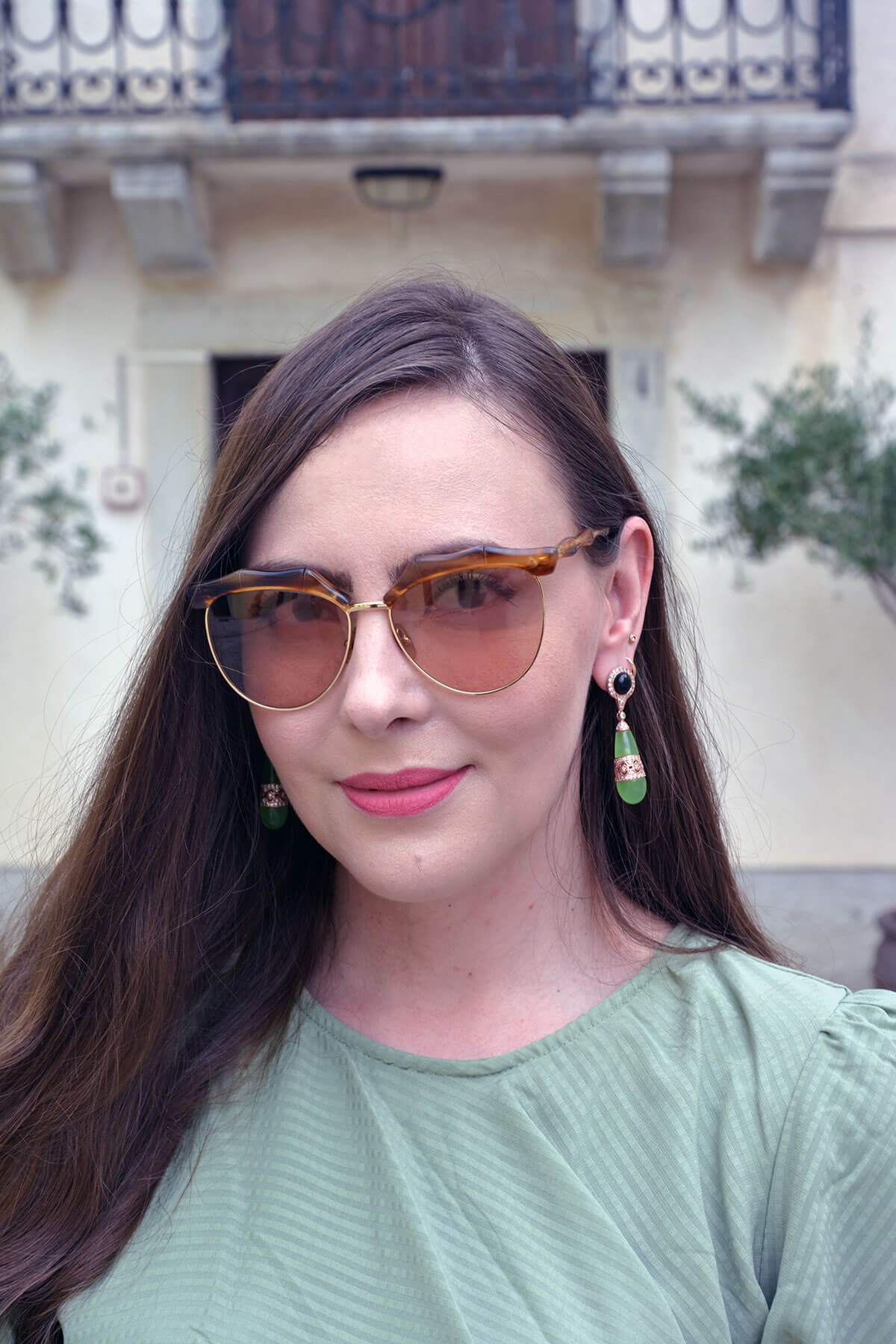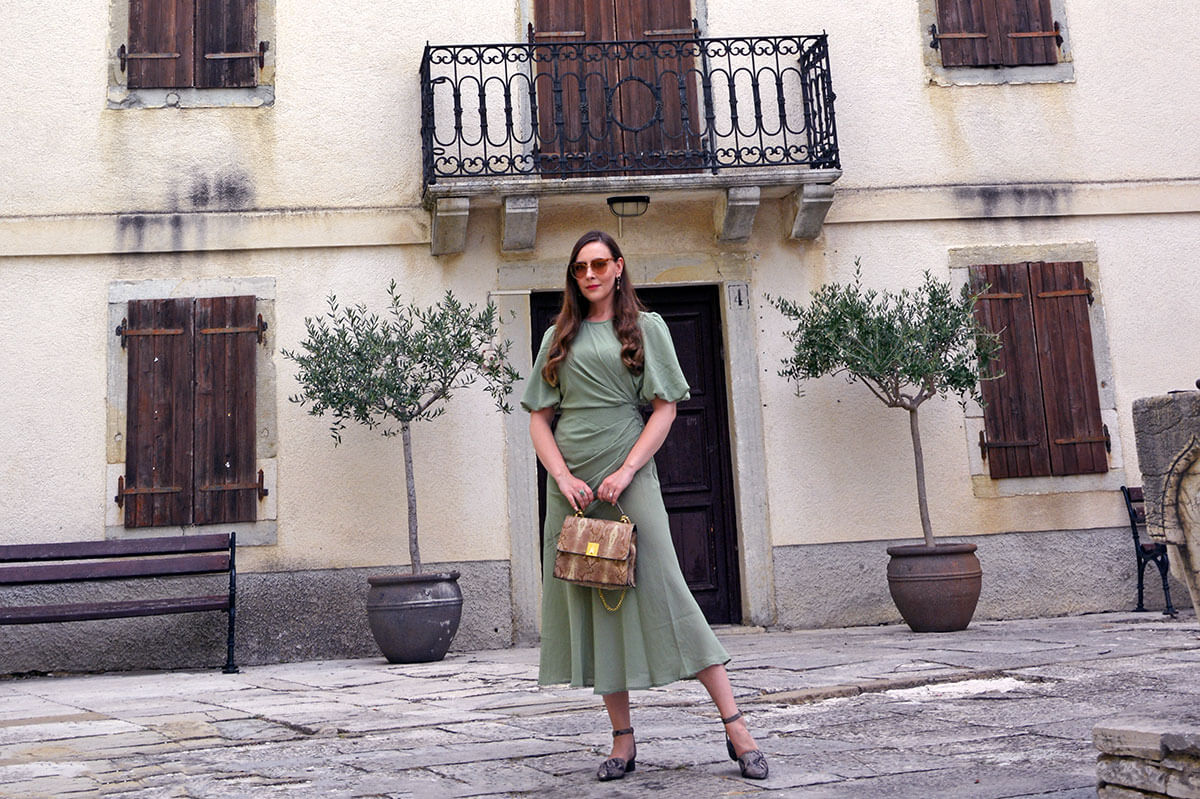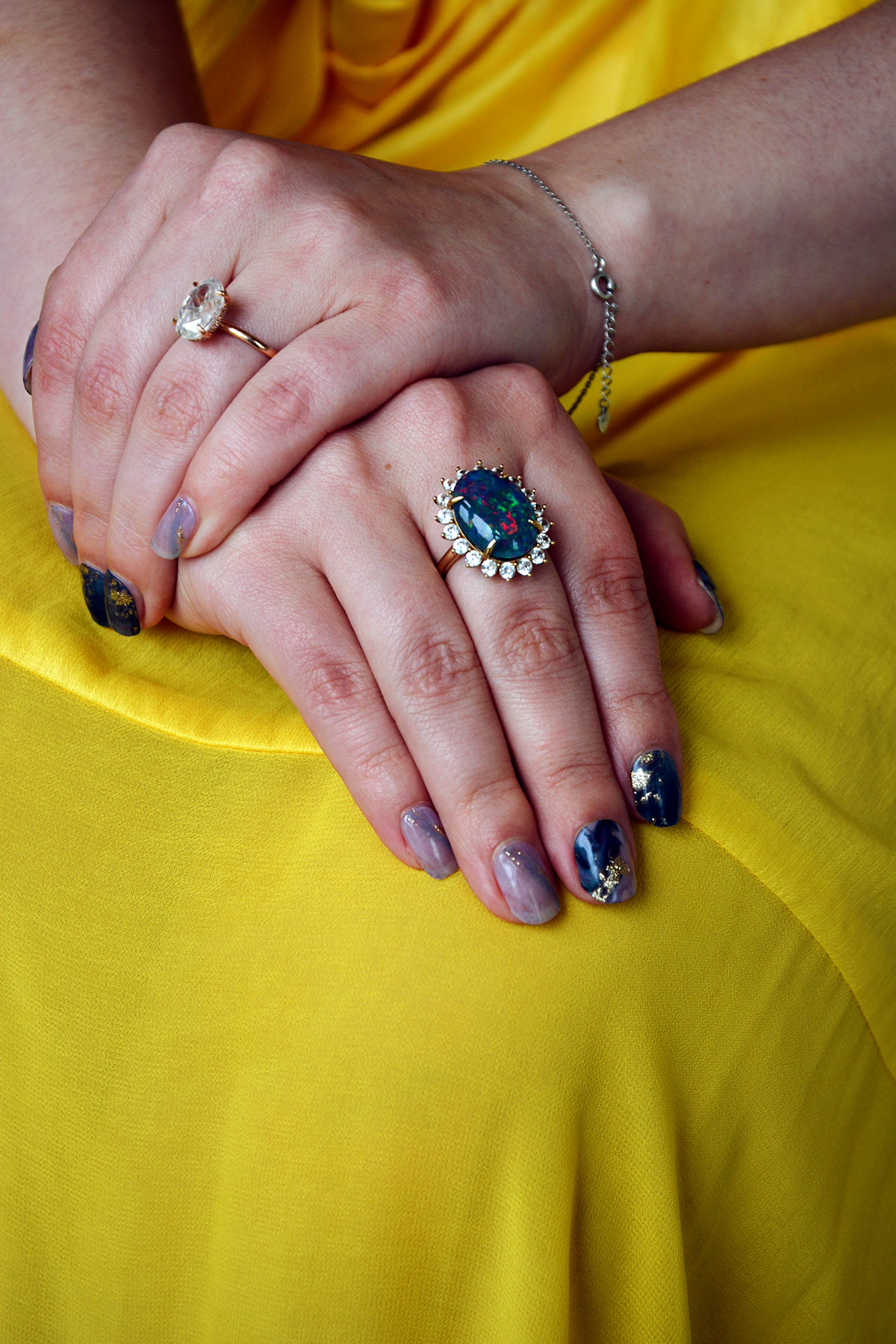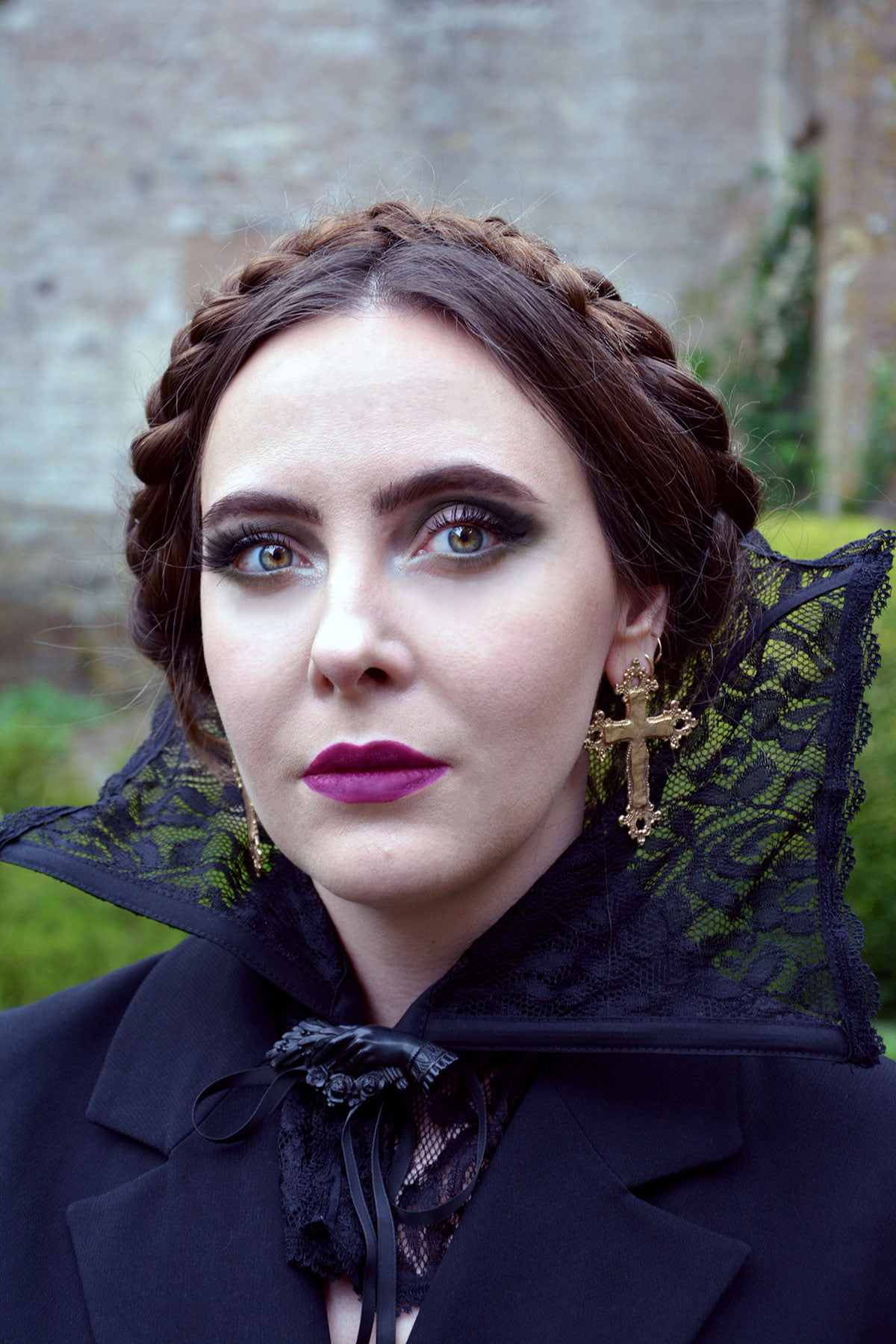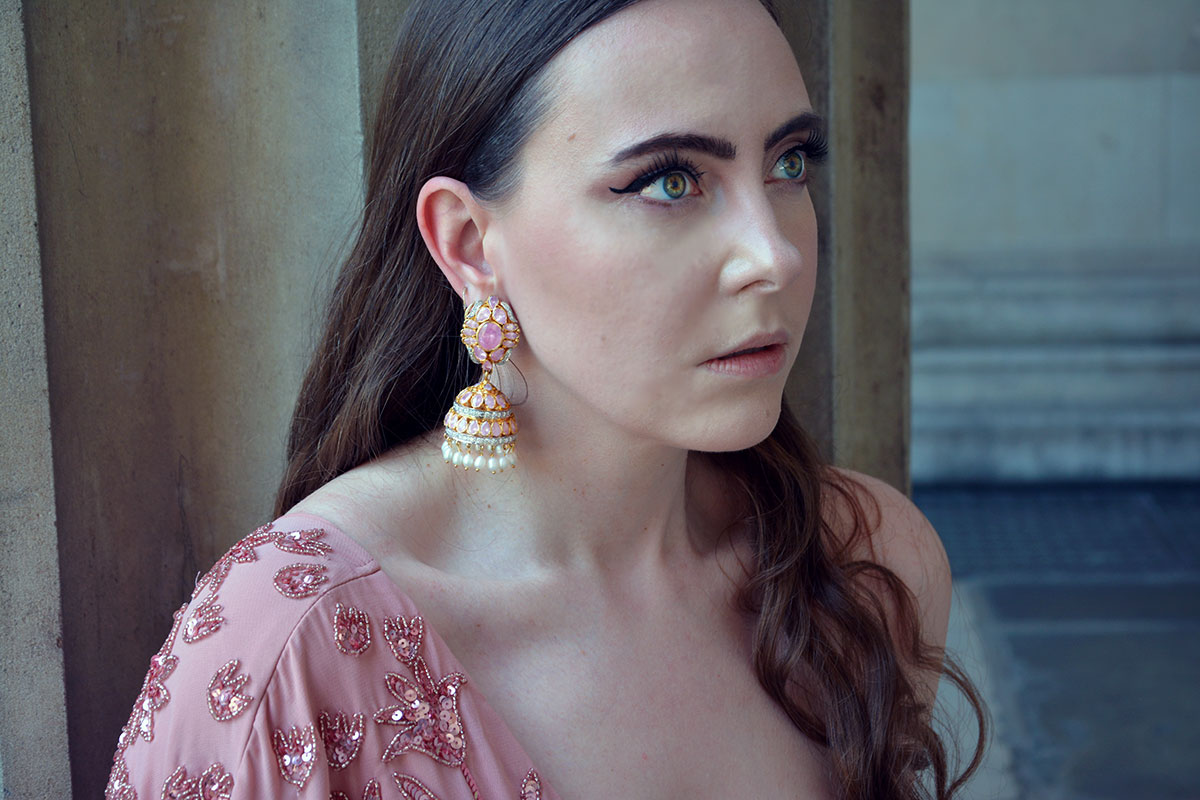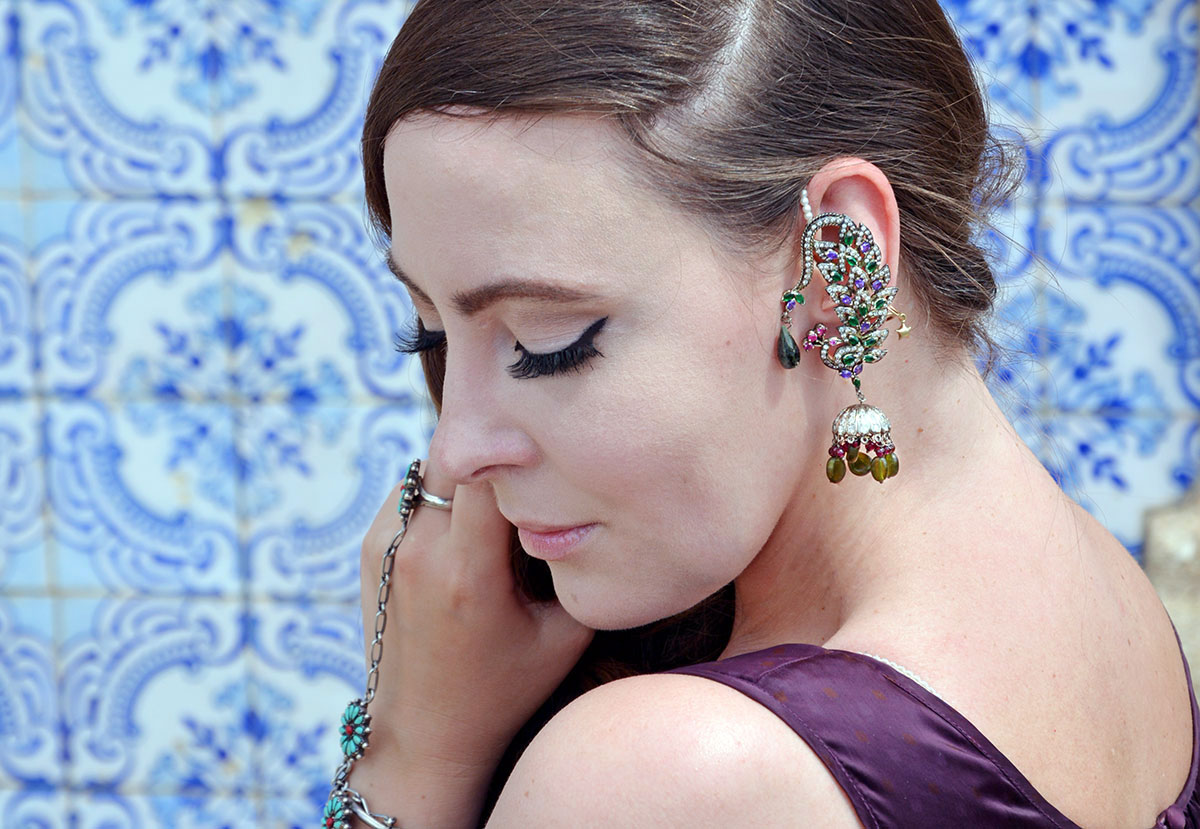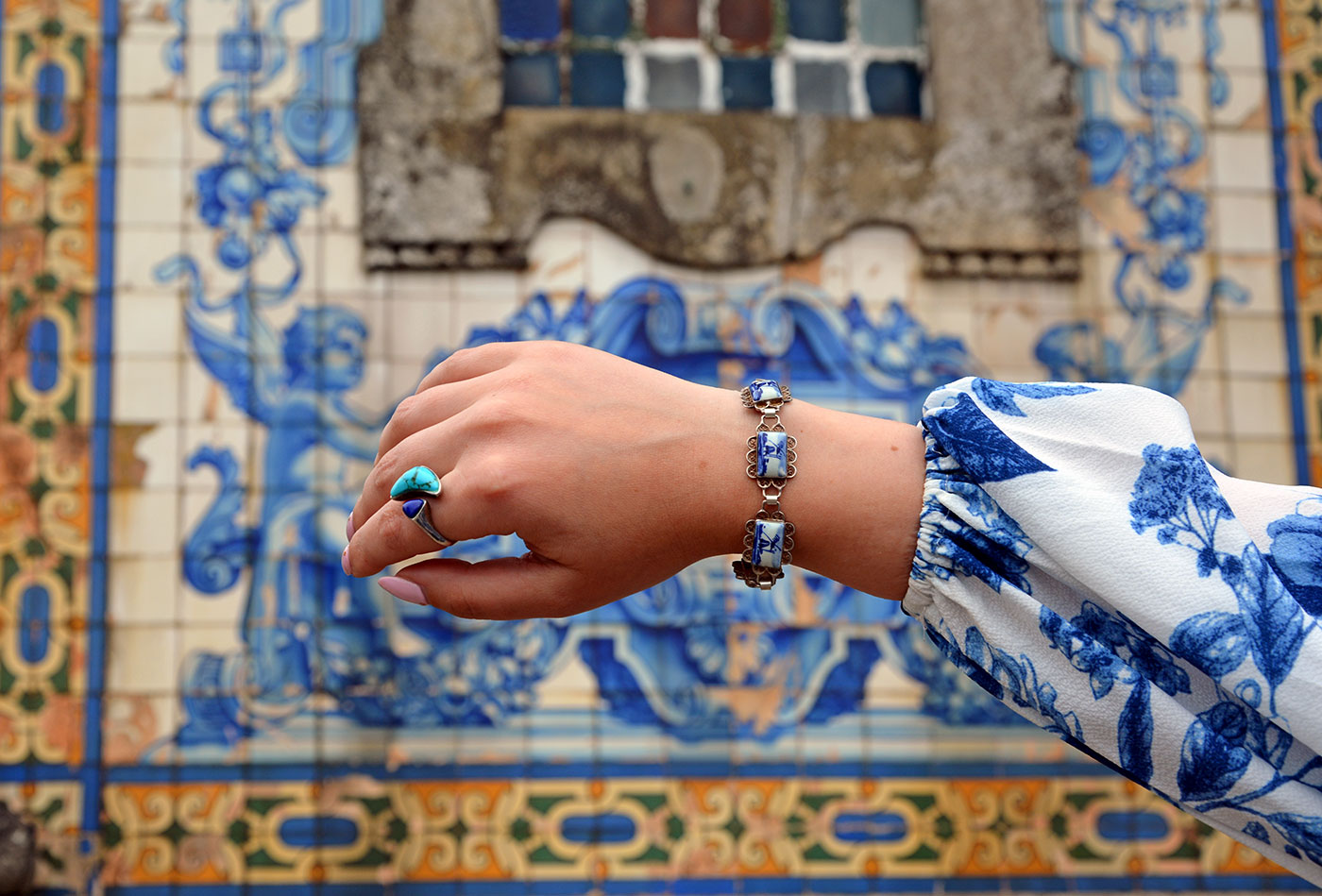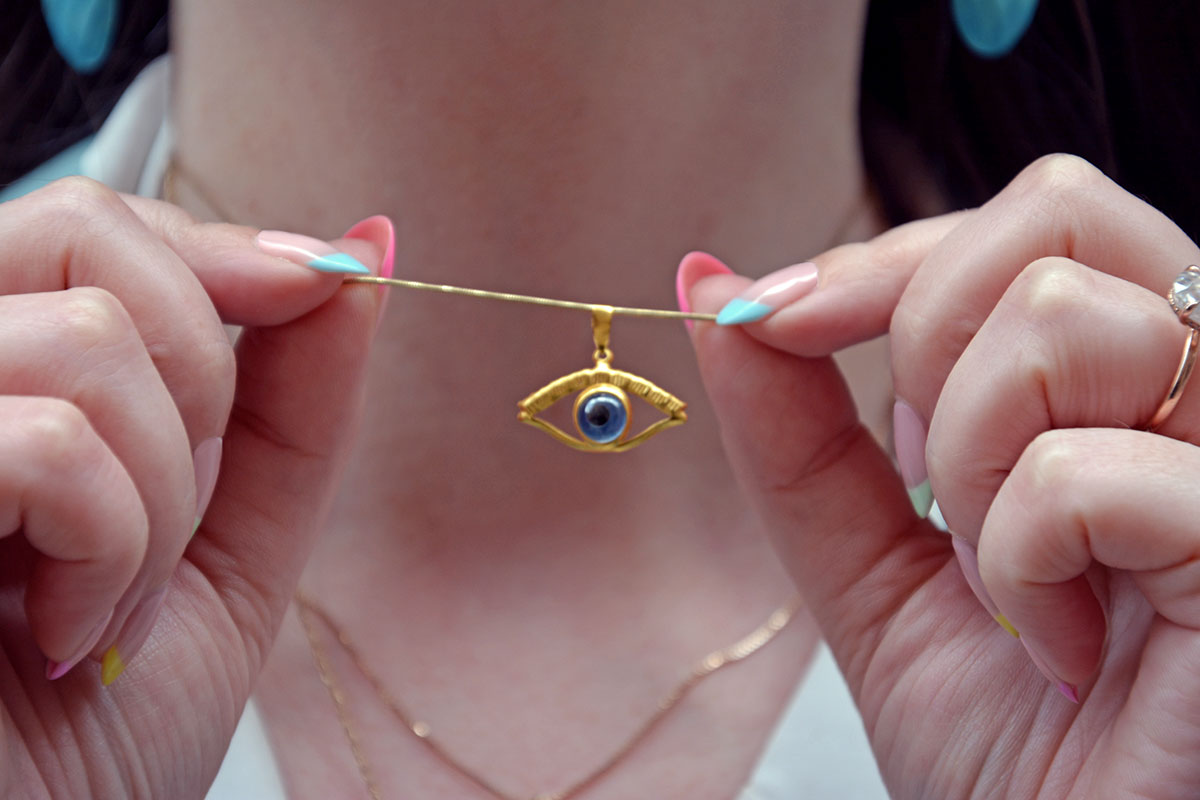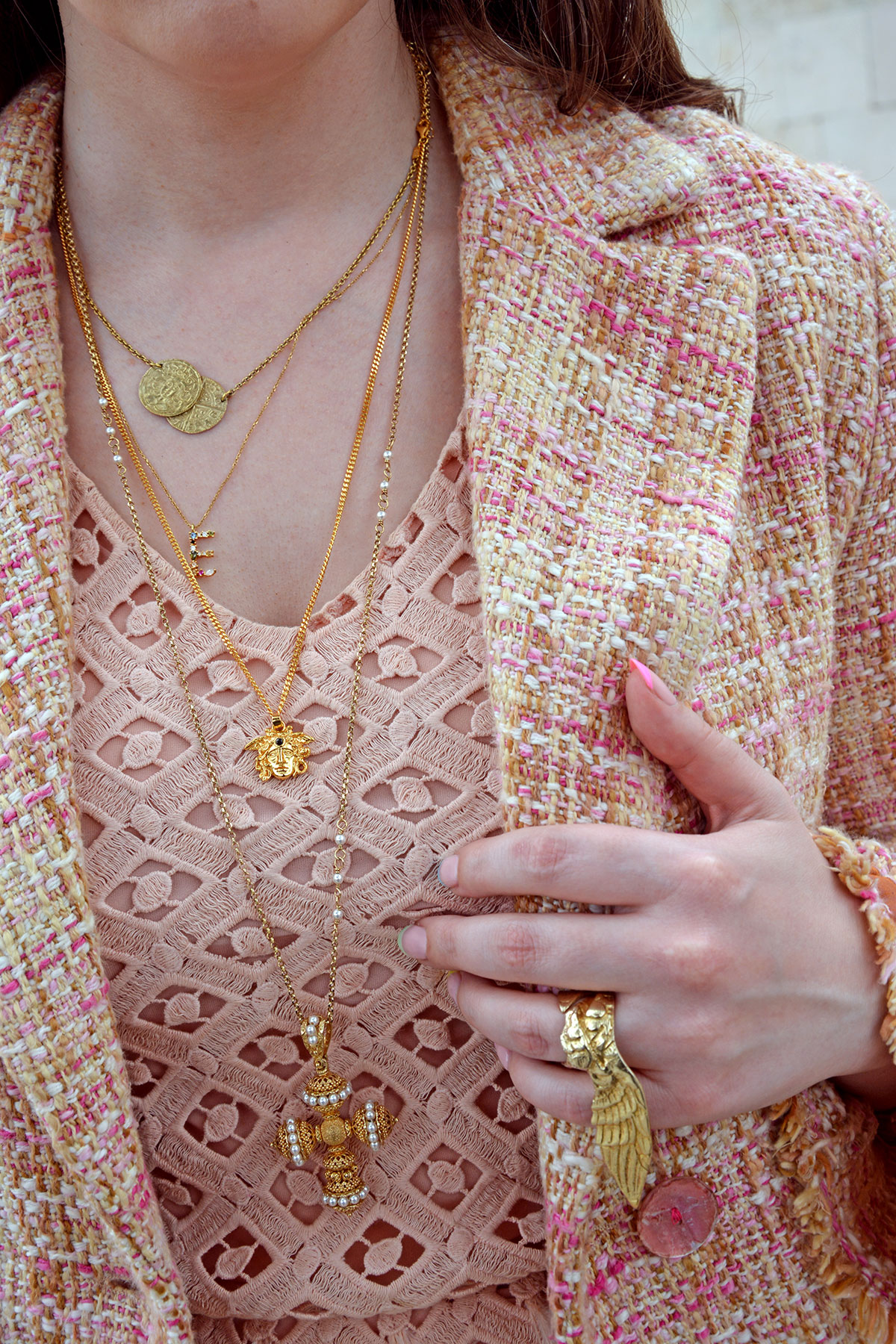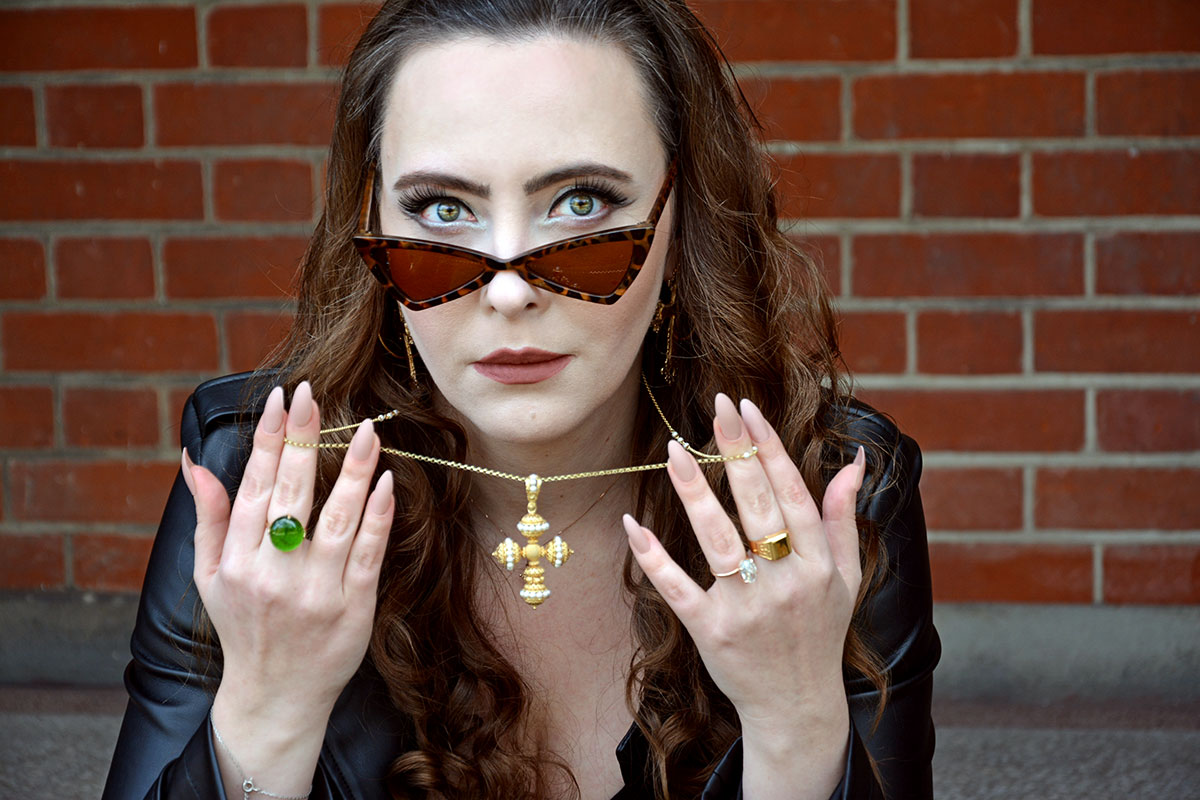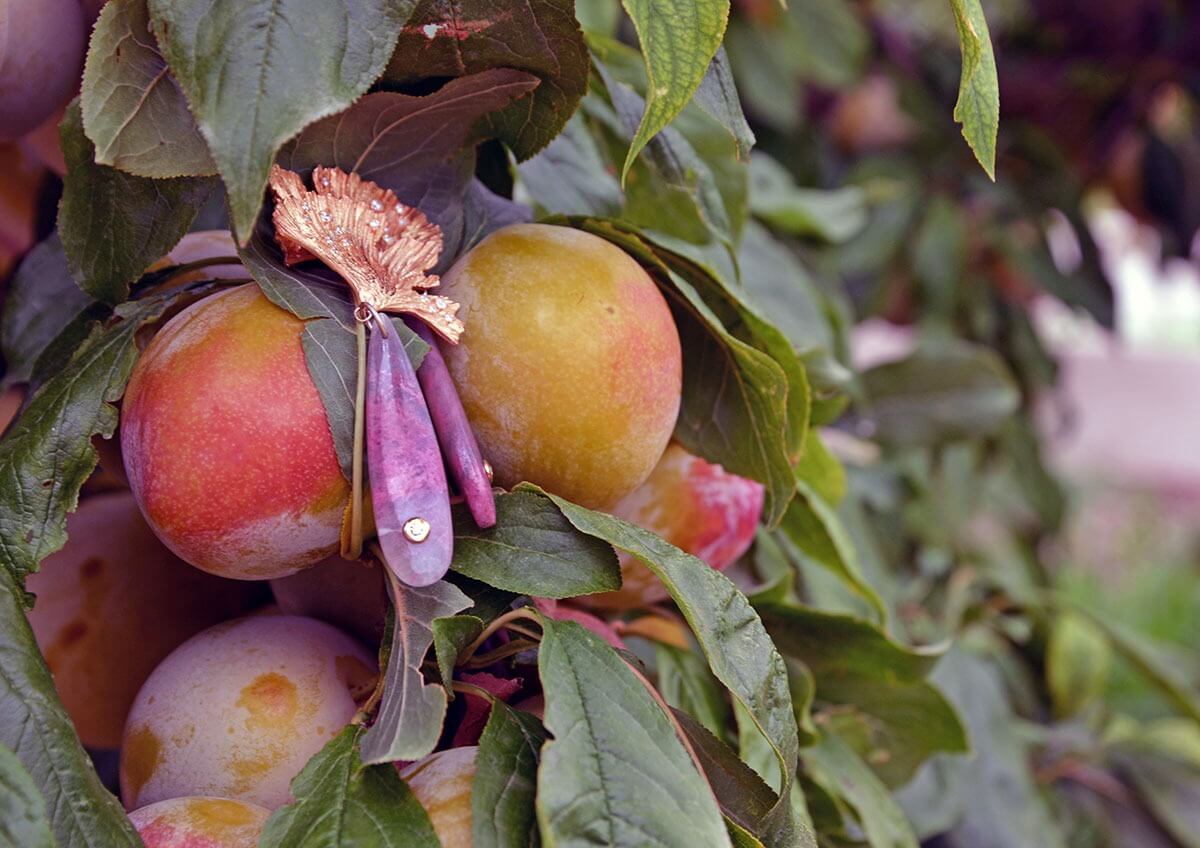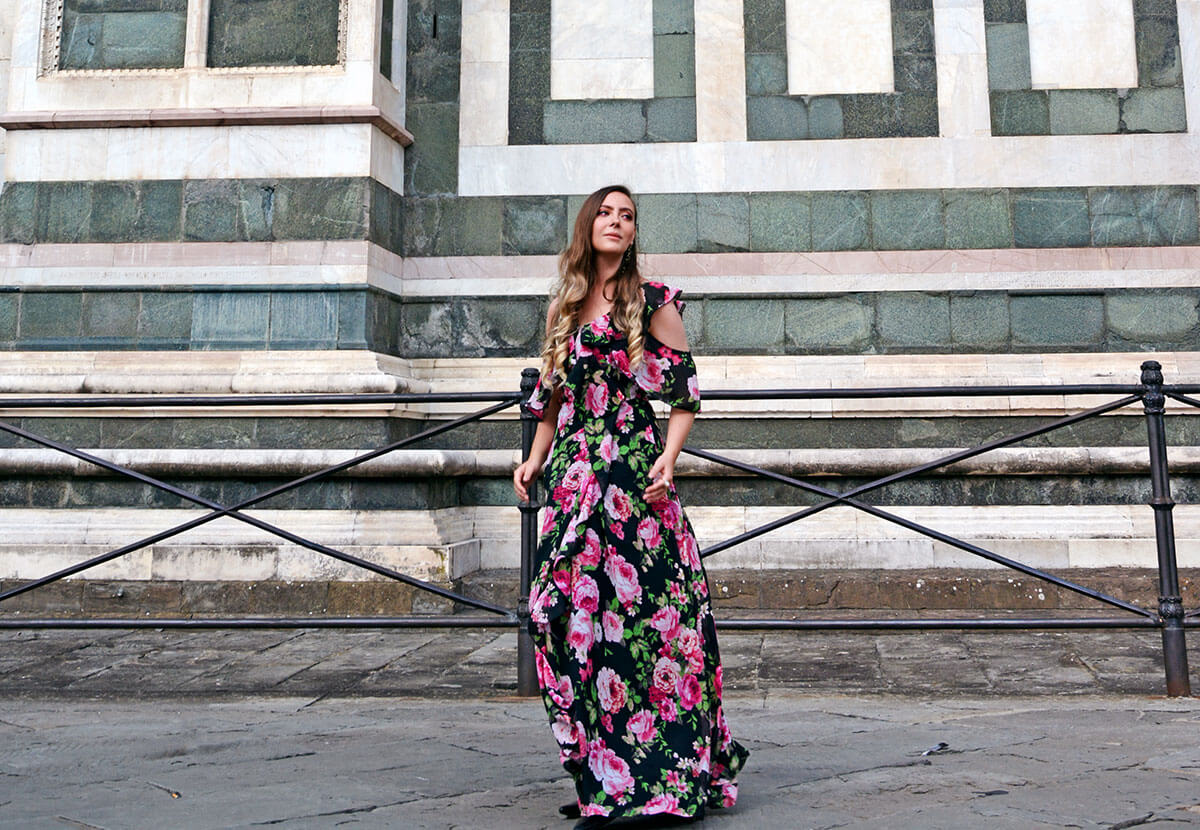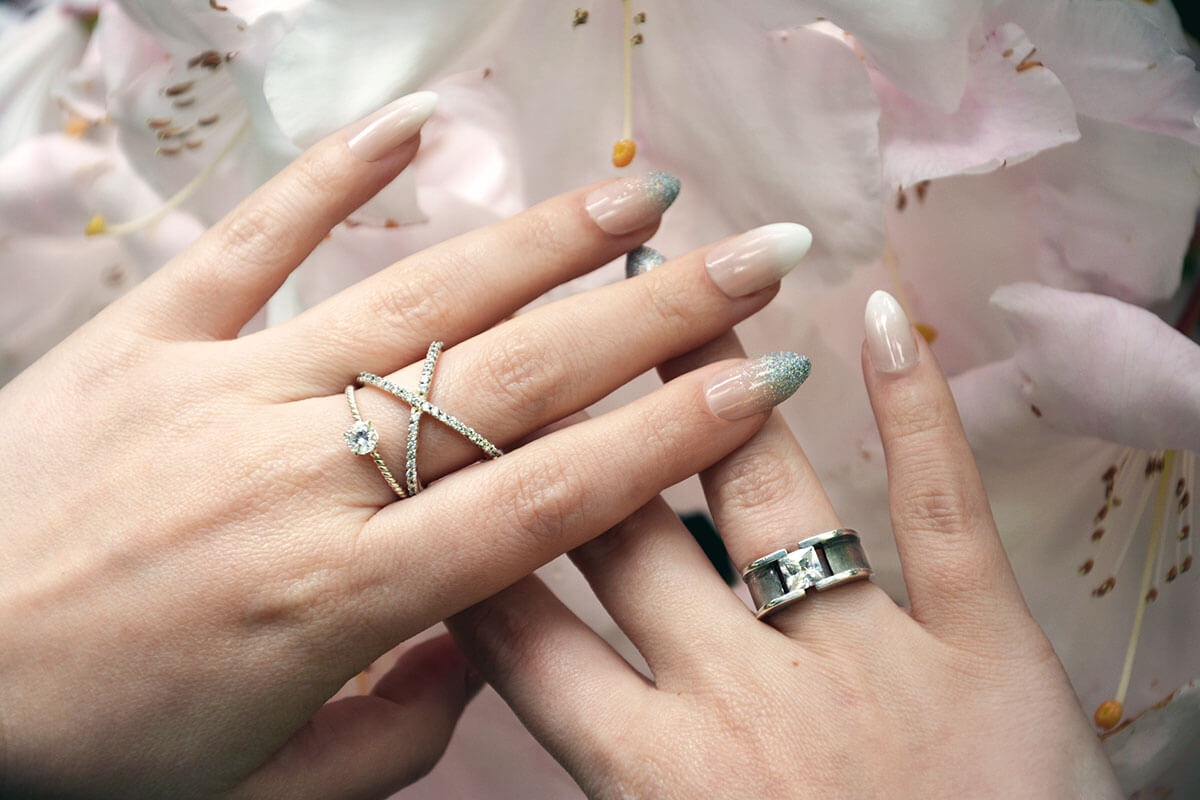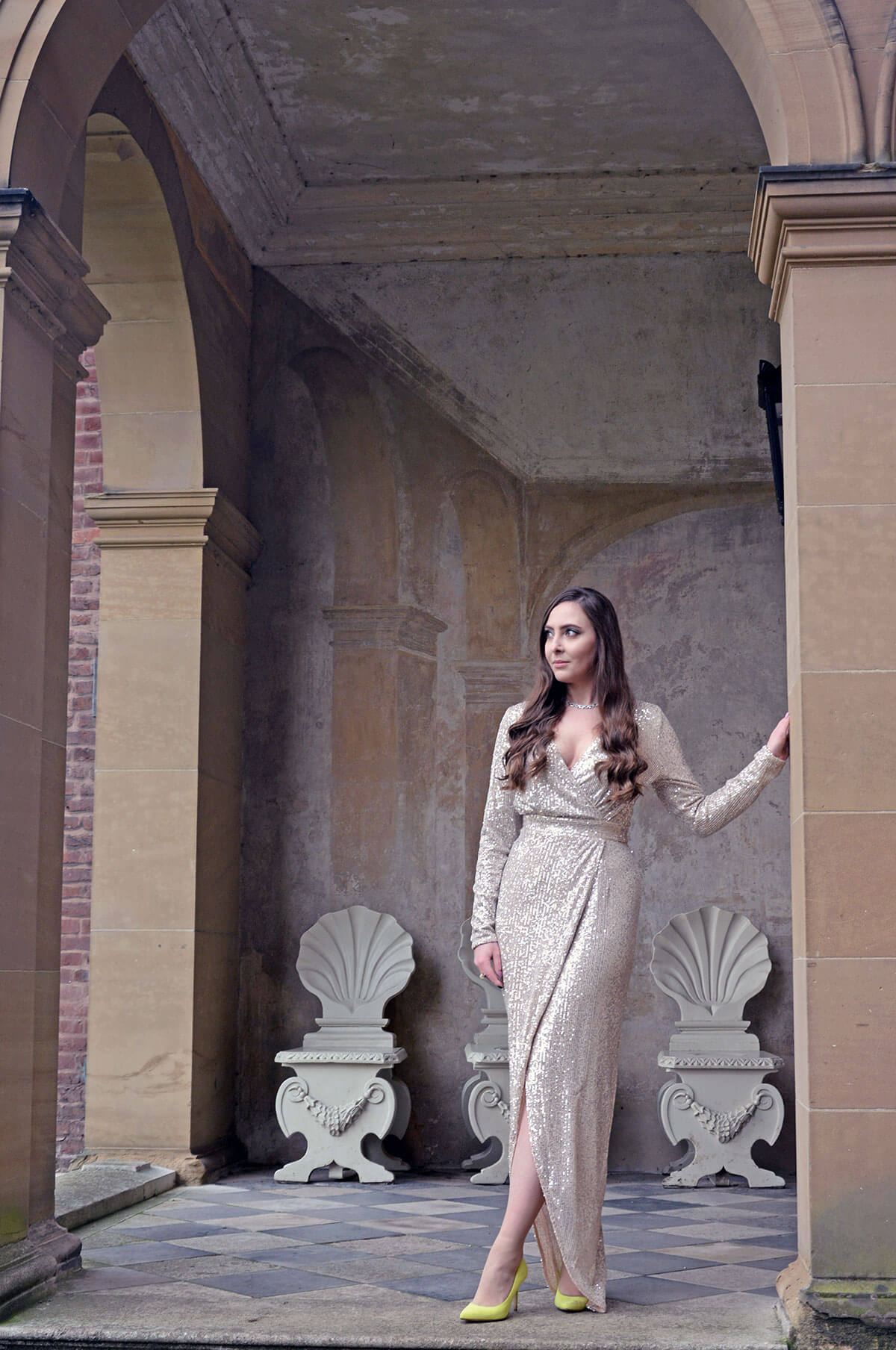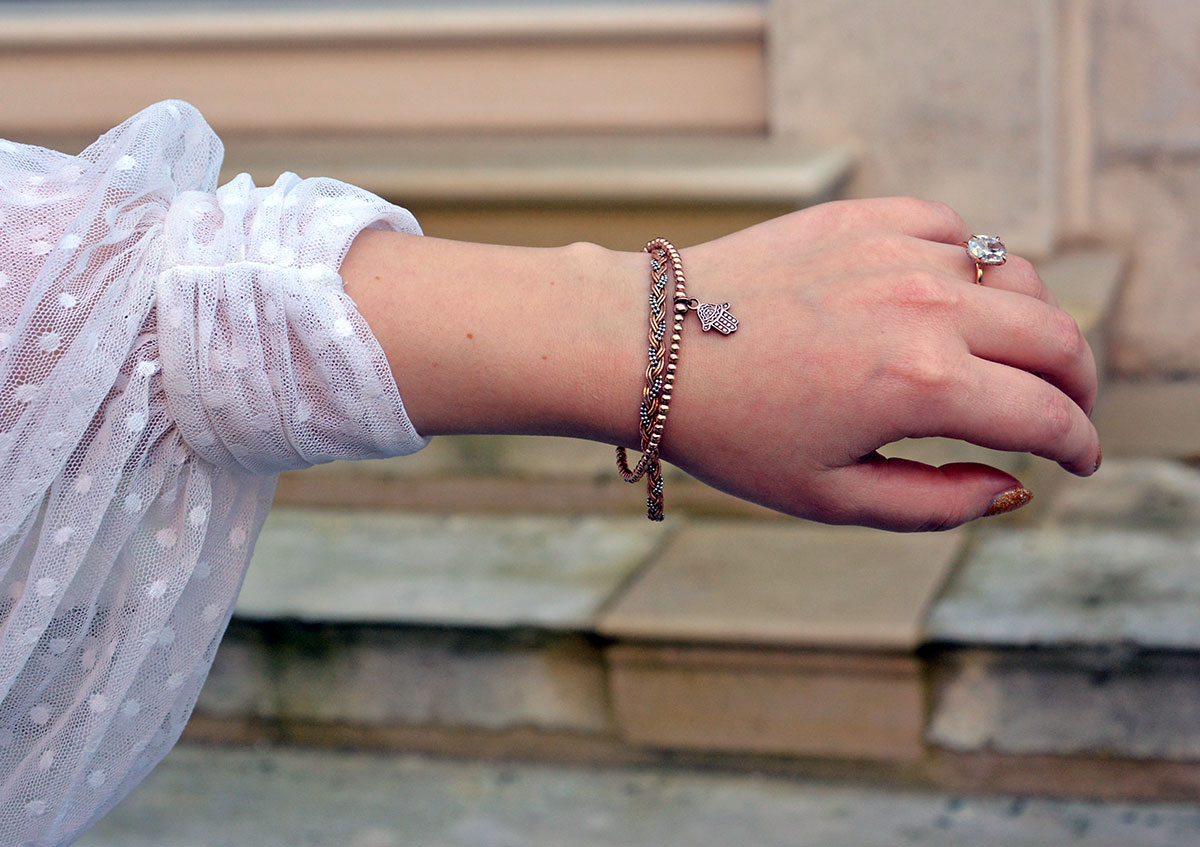Emeralds are cool, but what if you’re feeling a pastel vibe right now? Oh hi, jade just entered the chat. To be fair, it’s been in the chat for over 5,000 years. But with all this talk about jade and nephrite, “Mexican jade” or “Amazon jade” (huh?) among many other bizarre phrases – how to know what is valuable and what is… questionable? Worry not, I’m also in the chat, ready to break it all down for you.
Jade: Jadeite or nephrite?
What we call jade is actually an umbrella term for two different minerals. One is jadeite, the other nephrite – but both are referred to as jade. This is because without sophisticated techniques it used to be hard to tell the difference between the two simply by looking – one type of jade simply seemed to be of a higher caliber. But once these gems were tested in 1863 by mineralogist Alexis Damour, it became clear that these two might be similar, but they are not the same!
Jadeite is silicate-pyroxene, while nephrite is silicate-amphibole. This chemical compound difference also affects the hardness on Mohs scale. Jadeite is harder at 6.5-7, while nephrite tends to be slightly more fragile at 6-6.5 (hardest being diamond at 10, by the way). Speaking of fragile – in our quest to enhance stones, the gem industry has come up with a few treatment processes for jadeite, the intensity of which may have made some treated gems look more lustrous but as a result also more prone to faster deterioration. So if you are buying jade in a new condition, do enquire about whether it has been treated, and what type is it: A, B or C (A being not tampered with at all, with C being the most treated). A cheaper price is often a good indicator of the gems having been heavily treated.
Beyond green: What other colours jade comes in?
Though jade is beautiful, blemishes do not obscure its merits.
Confucius
Jadeite comes in white to dark green, grey, pink, lilac, red, blue, yellow, orange, black. These colours are naturally occurring and are actually the result of impurities (for example an excess of certain components like magnesium or iron) – which ironically make it much more desired and expensive. Please note that they can also be artificially coloured in one of those treatments we spoke about above. This means that the treated gem does not carry any value – even if it is real jadeite.
Meanwhile nephrite comes in white, cream – beige (often called mutton fat jade), yellowish, brown and dark green. Nephrites generally are treated/enhanced less often than jadeite – but this is not to say that it doesn’t happen.
Which gem is more valuable jadeite or nephrite?
The value of jade fluctuates depending on where you are. For instance, China has a very strong spiritual, cultural and historic bond with jade, where its value can easily surpass that of diamonds. In fact, a Chinese proverb goes: “Gold has a price; jade is priceless”. The most expensive jade is Imperial Jade. This is a type of jadeite from Burma (Myanmar) that is considered the most desirable due to its rich almost emeraldesque green shade, therefore it is the costliest jade around. It’s worth adding that Myanmar’s jade supply has gone down significantly over the years. Out of 60 mines there once were only around 10 remain today. Some estimate that there’s around 20 years of jade mining left for Burma (Myanmar), which means that jadeite may rise in price as it becomes more scarce. Meanwhile, the majority of jade mined in China is nephrite, which is generally cheaper, but culturally no less significant.
How to spot fake jade?
There are some stones that include jadeite or nephrite minerals as part of their composition, but are considered gems in their own right. These include maw-sit-sit and omphacite. Additionally, jade has been successfully synthesised, in other words created in a lab, so not all jade on sale today is mined.
Having said that, there are many misnomers that buyers should look out for. These include Mexican Jade (green-dyed calcite, coloured marble or greenish travertine), Amazon Jade (amazonite) – among many more. Of course, jade is not the only gemstone that suffers from false advertising. Hello yellow emeralds and bohemian rubies – here’s a whole list of gemstone misnomers. Keep that link handy.
Should you buy jade jewellery?
If you appreciate beautiful gemstones, jade should definitely be on your shopping list. Its soothing colours as well as rich history make it truly unique and instantly recognisable as the gem that is associated with wealth and nobility. It’s not only China that has a deep connection with jade, the Maori people of New Zealand, the ancient Egyptians, the Meso-Americans – all kept jade on a pedestal when it came to playing a role in their traditions. Find out more about jade symbolism and legends in this link from Gem Society.
I have two jade pieces myself. In the pictures you see me wearing jade earrings and a jade ring. But which one is jadeite and which is nephrite? I won’t leave you with a riddle, don’t worry. It’s nephrite on my hand and jadeite in my ears.

